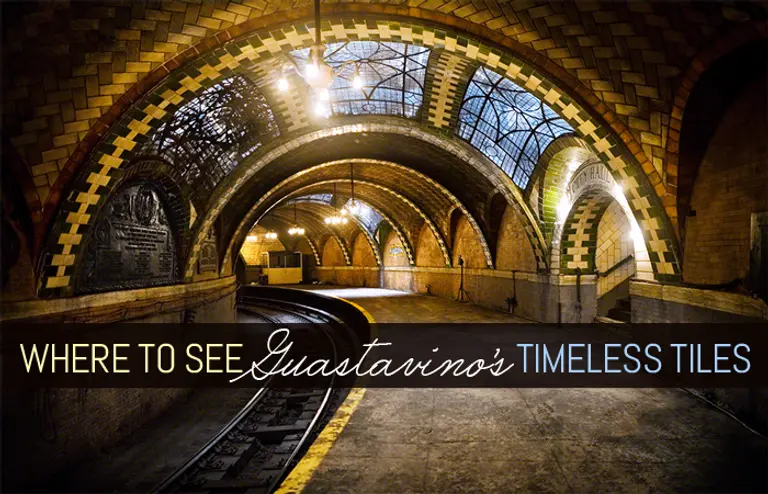June 7, 2014
In New York, many of the grand Beaux-Arts masterpieces — Grand Central Terminal, the Queensboro Bridge, the City Hall subway station, Columbia University, and the Cathedral of St. John the Divine — have one striking element in common: Guastavino tiles. Spanish architect and builder Rafael Guastavino and his son Rafael Jr. brought with them to New York at the end of the 19th century a Mediterranean design technique from the 14th century for thin-tile structural vaulting. The expertly engineered and architecturally beautiful vaults were lightweight, fireproof, load-bearing, cost-efficient, and able to span large interior areas.
Today there are over 250 Guastavino works in New York City alone, not to mention the 1,000 throughout the U.S. The Museum of the City of New York's current exhibition, Palaces for the People: Guastavino and the Art of Structural Tile, explores Guastavinos's spaces in New York and showcases "never-before-seen objects, artifacts, photographs, and documents." We couldn't help doing a little Guastavino exploration ourselves, and have put together some of our favorite tiled sites that you can actually visit.
See our picks right this way
